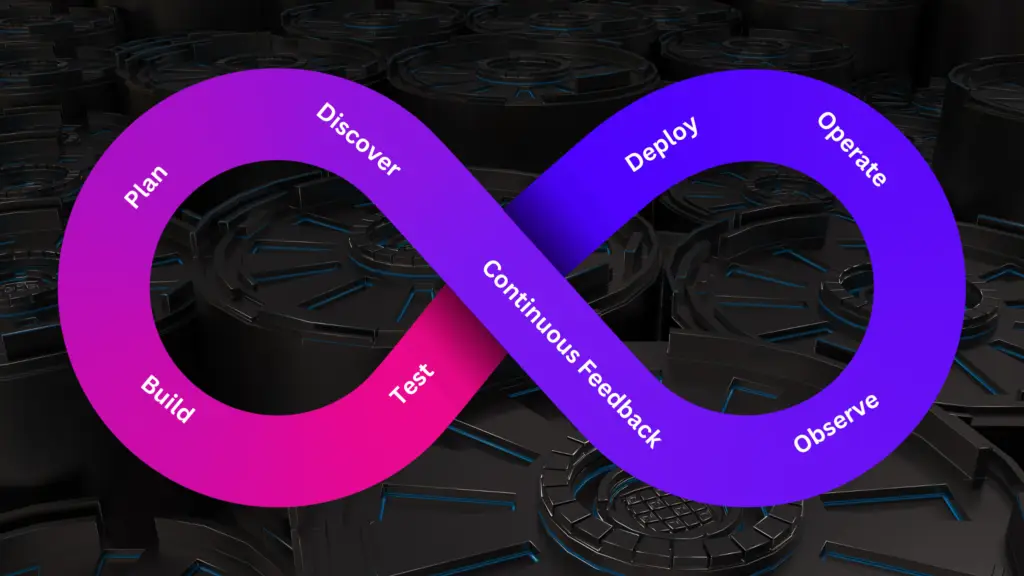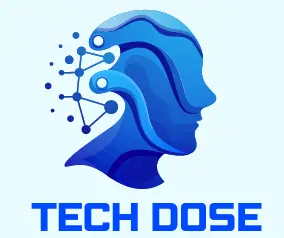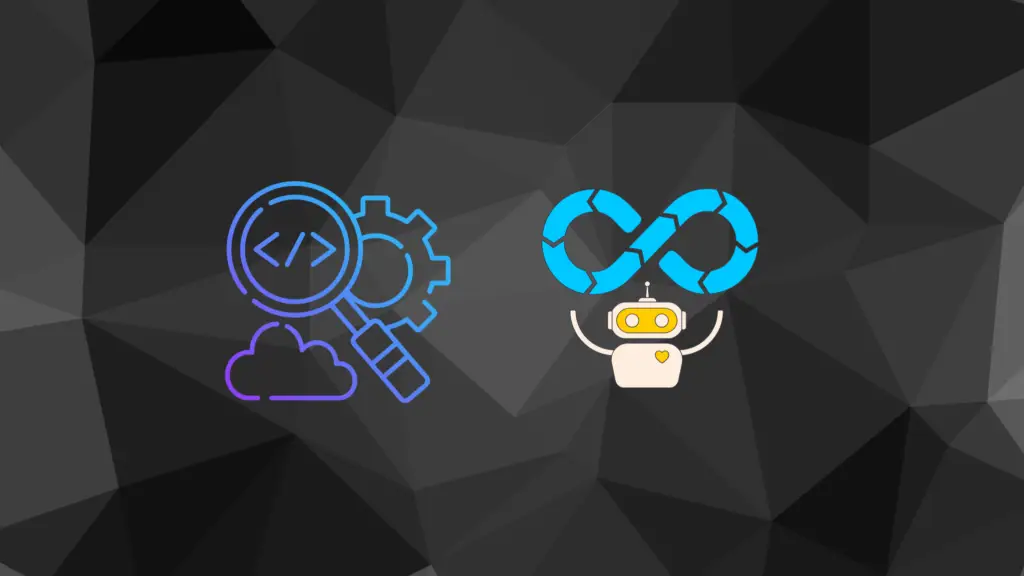
Due to the continuous nature of DevOps, practitioners use the infinity loop to illustrate the interconnection of the DevOps lifecycle phases. While these phases may appear sequential, the loop signifies the necessity for ongoing collaboration and iterative improvement throughout the entire lifecycle.
The DevOps lifecycle comprises eight phases, representing the processes, capabilities, and tools required for development (on the left side of the loop) and operations (on the right side of the loop). During each phase, teams work together and communicate to maintain alignment, velocity, and quality.
The DevOps strategy supports innovative thinking, speed, and adaptability to produce, verify, utilize, and develop software applications. To innovate goods, services, and operations, encourages a spirit of innovation, review, and continuous improvement. To adopt DevOps, though, a thorough grasp of the various stages of the DevSecOps lifecycle is required.
Phases of Devops lifecycle
DevOps is a methodology that aims to optimize the process of software development and operation. It is an approach that helps organizations produce software products and services faster while meeting customer expectations.
Everything in DevOps is ongoing, from strategy to maintenance, as we mentioned previously. Now, let’s split out the entire lifespan into seven stages, using stability as the focus. Every DevOps life cycle phase can repeat several times across the program until it is completed. The goal is to create an environment where code can move quickly through the pipeline while maintaining high-quality levels.
1. Continuous improvement
This phase is critical in defining the overall strategy for the software development life cycle. It focuses mostly on program design and program objectives are obtained and addressed with all partners during this stage. Additionally, for continual software design, the item backlog is managed to depend on customer response and is divided down into shorter versions and goals. Once the team has agreed on the company requirements, the production team begins programming for the desired criteria. It’s a continual process where programmers start coding based on the requirements and iterate anytime if there are any areas for improvement.
Program management group facilitates production group with DevOps lifecycle tools . However, there are no tools for planning. Version management tools include Git, TFS, Confluence, and Subversion. In addition, several businesses choose agile cooperation methods such as Scrum, Lean, and Kanban. Amongst all these tools, GIT and Jira are the most widely utilized for complicated tasks and excellent team interaction during development.
2. Continuous integration
The most important phase of DevOps lifecycle is ongoing integration. In this phase upgraded programming and add-on functionality and additions are released and merged into the current code. Throughout this stage, errors in the program are identified and remediated during the testing phase, and the source code is updated accordingly. This stage transforms integration into a continual process in which code is evaluated after each commit cycle.
Jenkin, GitLab CI, and CircleCI are some of the DevOps tools used to improve the program process more efficiently. Jenkin, for instance, is a popular open-source application for automating builds and testing. But on the other side, CircleCI and Buddy are business products. So, whichever continuous integration solutions you choose, make sure they are compatible with your company’s and project’s needs.
3. Ongoing Testing
Quality testers use docker instances to test the software for bugs, anomalies and issues during this step. In the event of a bug or error, the program is returned to the integration phase to be fixed. Automation screening also reduces the overall run time to produce high-quality findings. Tools like Selenium are employed during this phase. Furthermore, test automation improves the test assessment report and lowers the expense of delivering and maintaining the testing environment.
JUnit, Selenium, TestNG, and TestSigma are some of the DevOps tools that were utilized for continual monitoring. Selenium is perhaps the most widely used open-source automated testing software, with compatibility for various platforms and devices. But on the other side, TestSigma is a comprehensive AI-driven testing automation system that uses artificial intelligence to reduce the technical intricacies of test automation.
4. Continuous deployment
During this stage the completed program is released to operational servers, which is critical to the success of the overall solution during the life cycle of DevOps. Configuration control is included in continual deployment to ensure that machines release programming accurately and smoothly.
The production groups distribute the code to computers and plan server upgrades, ensuring that the settings remain constant across the production phase. Containerization solutions also aid distribution by ensuring uniformity between development, testing, operational, and staging systems. In addition, this method enabled the generation of new functionalities constantly.
The setup administration tools Ansible and Chef are utilized to ensure the deployment workflow is seamless and constant across the process of production.
5. Feedback Regularly
To study and improve the program code, continuous feedback is generated. During this phase, user behavior is analyzed for each release to refine future updates and deployments. Companies gather feedback through both controlled and uncontrolled methods. Surveys and quizzes are used to obtain structured feedback, while input is also collected informally via social media platforms. This phase is crucial for facilitating continuous delivery, allowing for the introduction of an enhanced version of the program.
6. Continuous Monitoring
During this stage, the application’s performance and features are regularly monitored to detect network issues such as low RAM or an unreachable host. This process helps the IT staff quickly identify and diagnose application execution problems and their root causes. If a significant issue is found, the app is cycled back through the DevOps lifecycle to find a solution. Additionally, security vulnerabilities can be identified and addressed immediately at this stage.
7. Operational continuity
The DevOps lifecycle’s final step is critical for reducing scheduled downtime. To perform the modifications, programmers usually have to take the system down, which raises downtime and may result in a business impacts for the organization. In the end, continuous operation simplifies the procedure of starting and updating the application. In addition, this eliminates interruption by utilizing unit management solutions such as Kubernetes & Docker.
Container management solutions like docker & kubernetes make the process of developing, testing, and deploying an app across various environments much easier. The main goal of this stage is to increase the app’s uptime so that services can continue uninterrupted. Designers save a lot of effort by maintaining continuous processes, which can be leveraged to reduce the app’s time-to-market.
Conclusion
Almost every organization these days is implementing DevOps lifecycle to optimize the entire software development process. The main focus of DevOps is the collaboration between the developers and the operations team. A lot of time and effort is vested in conceptualizing a software product to deploying it in the market and Devops makes the entire journey seamless.

